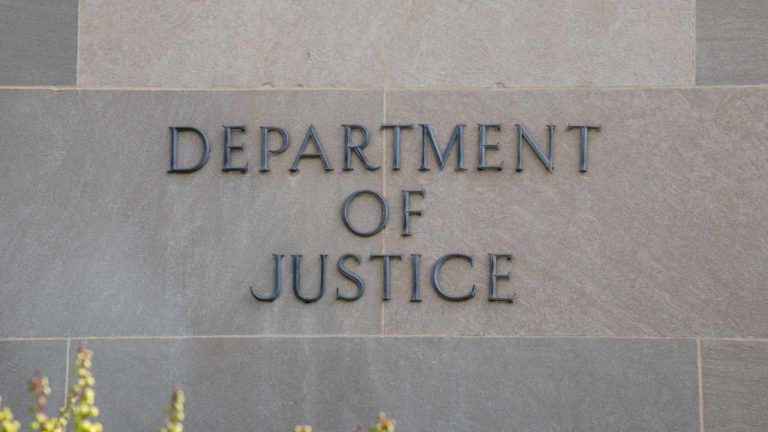
Bitcoin ETFs are back in the spotlight after several companies filed with the SEC. This week’s episode of Market Talks discusses why approval would be a big deal for Bitcoin.
In this week’s episode of Market Talks, Cointelegraph welcomes Natalie Brunell, a podcast host, educator and media commentator in the Bitcoin space. Her podcast, Coin Stories, consistently ranks among the top 50 to 100 on Apple podcasts. She has over 300,000 Twitter followers, and is an award-winning TV journalist and former investigative reporter.
Brunell explains how Bitcoin (BTC) is a tool for the financial empowerment of billions of people worldwide and how the depreciating United States dollar is stripping away people’s economic dignity.
The elephant in the room when discussing Bitcoin with someone new to the crypto space is its volatility and risk factor. Brunell describes how to overcome this, and how to explain that Bitcoin might be better than traditional assets, including stocks and real estate.
Brunell offers her take on institutions turning back toward crypto amid multiple spot Bitcoin exchange-traded fund (ETF) filings — despite their love/hate relationship with the sector. Brunell wonders if institutions just want a piece of the pie now that crypto is being taken seriously as an asset class. She also gives her sense of how people feel about the Bitcoin ETF, and why the U.S. Securities and Exchange Commission might lean toward approval.
Brunell talks about her roots and backstory, describing what it was like growing up under communism, and how her parent’s struggles motivated her to search for something like Bitcoin long before it existed.
For aspiring content creators, Brunell explains how she found success doing it. She also gave tips on making a name for yourself and finding your voice in the crowded content creation space.
Market Talks airs every Thursday, featuring interviews with some of the most influential and inspiring people from the crypto and blockchain industry. So, head over to the Cointelegraph Markets & Research YouTube page, smash those “Like” and “Subscribe” buttons for all future videos and updates, and check out the conversation with Brunell.










